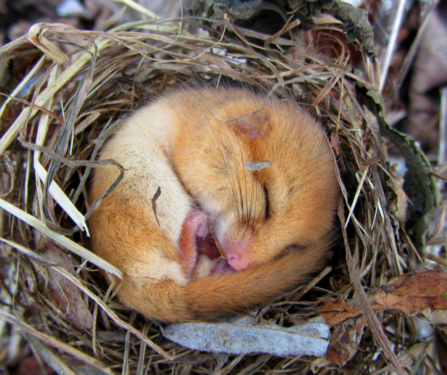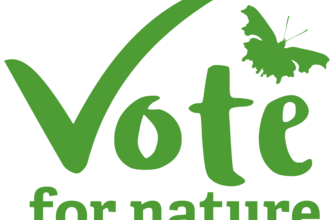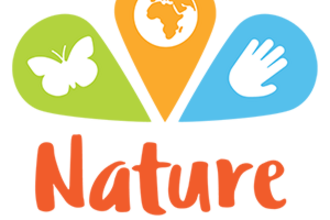We share our home with countless iconic and incredible species and landscapes that inspire our art, literature, tv and film, and culture.
We are a nation of walkers, gardeners, wild swimmers, campers and bird feeder watchers. Whether you hike to track down rare wild flowers or spot a fox on your way home, we all have a connection with nature.
However, in less than 50 years the UK has lost a fifth of our wildlife.
To put this into perspective, in human terms that would be the equivalent of losing the population of Scotland, Northern Ireland, Wales and Manchester combined. What is worse is that we have known that the UK has been becoming one of the most nature depleted counties in the world for a while.





